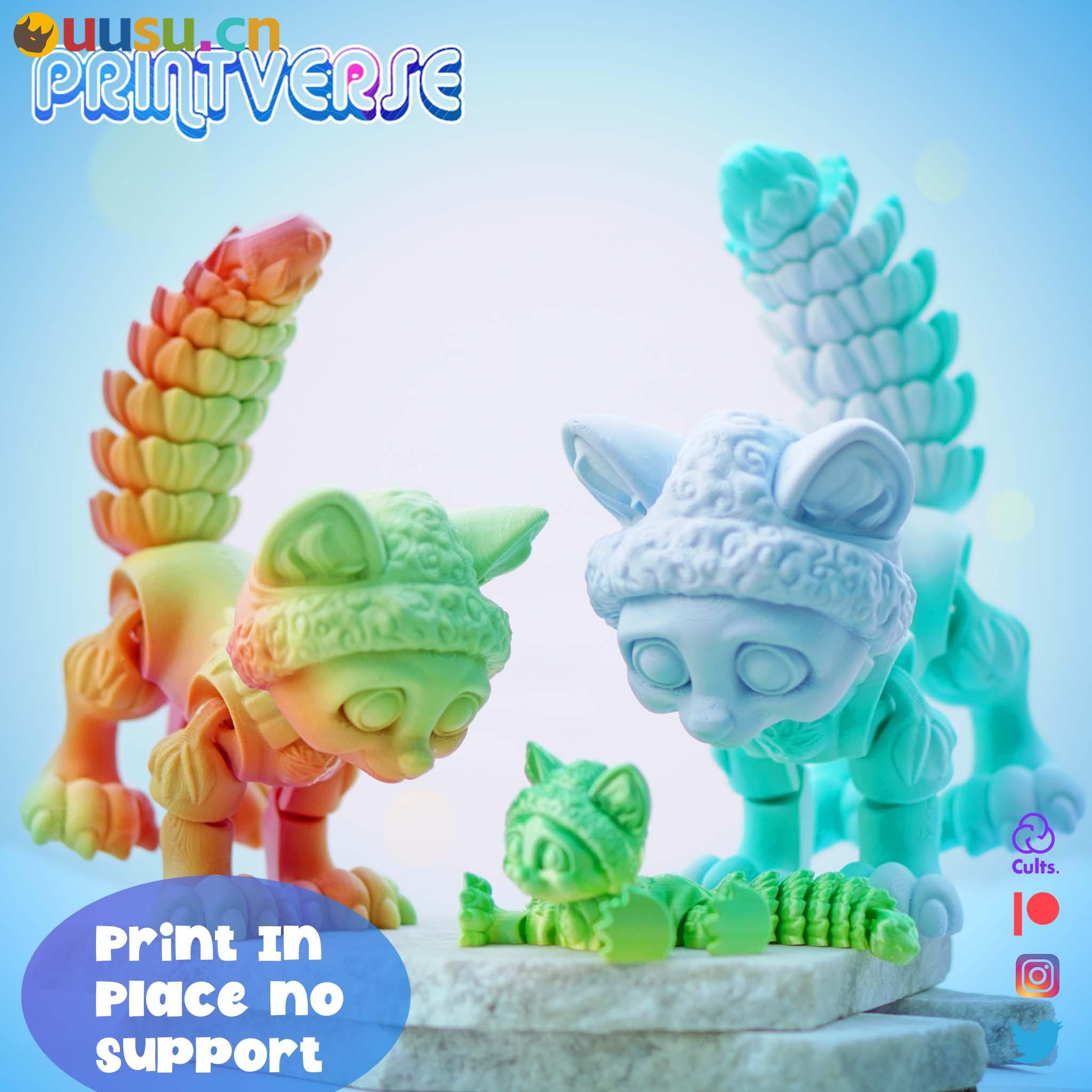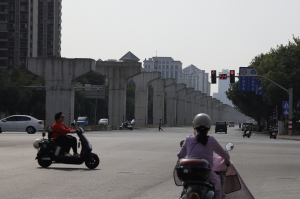
Vue组件实战:滑动选择器组件开发
引言:
滑动选择器是一种常见的交互组件,它可以用于在移动端或桌面端实现选择日期、时间、城市等功能。本文将通过实例代码介绍如何使用Vue框架开发一个滑动选择器组件。
背景:
滑动选择器组件一般由多个滑动区域组成,每个滑动区域代表一个选择的维度,例如年、月、日等。用户可以通过手指滑动选择器进行选择,滑动区域会跟随手指滑动而滚动,并最终确定用户的选择。
步骤一:创建Vue组件
首先,我们需要创建一个Vue组件,用于渲染滑动选择器。在Vue组件中,我们需要定义组件的数据、模板和方法。
<template>
<div class="slider">
<div v-for="(option, index) in options" :key="index" class="slider-item">
{{ option }}
</div>
</div>
</template>
<script>
export default {
data() {
return {
options: ['Option 1', 'Option 2', 'Option 3']
};
}
};
</script>
<style scoped>
.slider {
display: flex;
}
.slider-item {
flex: 1;
height: 100px;
border: 1px solid #ccc;
}
</style>
上述代码中,我们使用了Vue的数据绑定功能,通过{{ option }}将数据渲染到模板中。每个滑动区域对应一个<div>元素,其高度和宽度可以根据实际需求进行调整。
步骤二:实现滑动效果
实现滑动效果需要添加滑动事件处理逻辑。首先,我们需要在Vue的生命周期钩子函数mounted中监听滑动事件。
<script>
export default {
data() {
return {
options: ['Option 1', 'Option 2', 'Option 3']
};
},
mounted() {
const container = this.$el;
container.addEventListener('touchstart', this.handleTouchStart);
container.addEventListener('touchmove', this.handleTouchMove);
container.addEventListener('touchend', this.handleTouchEnd);
},
methods: {
handleTouchStart(event) {
// 记录滑动开始时的初始位置
},
handleTouchMove(event) {
// 处理滑动过程中的位置变化
},
handleTouchEnd(event) {
// 根据最终位置确定最终选择结果
}
}
};
</script>
在滑动事件处理方法中,我们可以通过event.touches获取到触摸事件的位置信息。根据位置变化,我们可以计算出滑动的偏移量,从而实现滑动效果。
步骤三:计算滑动位置
在handleTouchStart方法中,我们需要记录滑动开始时的初始位置。
handleTouchStart(event) {
this.startY = event.touches[0].pageY;
}
在handleTouchMove方法中,我们需要处理滑动过程中的位置变化,并根据位置变化计算滑动的偏移量。
handleTouchMove(event) {
const currentY = event.touches[0].pageY;
this.offsetY = currentY - this.startY;
}
在handleTouchEnd方法中,我们需要根据最终位置确定最终选择结果。这里我们可以根据滑动的偏移量计算出最终选择的索引值。
handleTouchEnd(event) {
const index = Math.round(this.offsetY / this.itemHeight);
if (index >= 0 && index < this.options.length) {
this.selected = this.options[index];
}
}
步骤四:渲染最终结果
在模板中,我们可以使用{{ selected }}将最终选择结果渲染到页面上。
<template>
<div class="slider">
<div v-for="(option, index) in options" :key="index" class="slider-item">
{{ option }}
</div>
<div class="selected">{{ selected }}</div>
</div>
</template>
<style scoped>
.selected {
margin-top: 10px;
text-align: center;
font-weight: bold;
}
</style>
通过上述步骤,我们就完成了一个基础的滑动选择器组件的开发。可以根据实际需求,添加更多的滑动区域和样式,并进一步完善滑动逻辑。
结语:
本文介绍了使用Vue开发滑动选择器组件的方法,并给出了具体的示例代码。通过这个例子,我们可以更好地理解Vue组件的开发方式,并学会如何使用滑动事件处理滑动选择器的效果。希望本文能对Vue组件开发感兴趣的读者有所帮助。



















































暂无评论内容